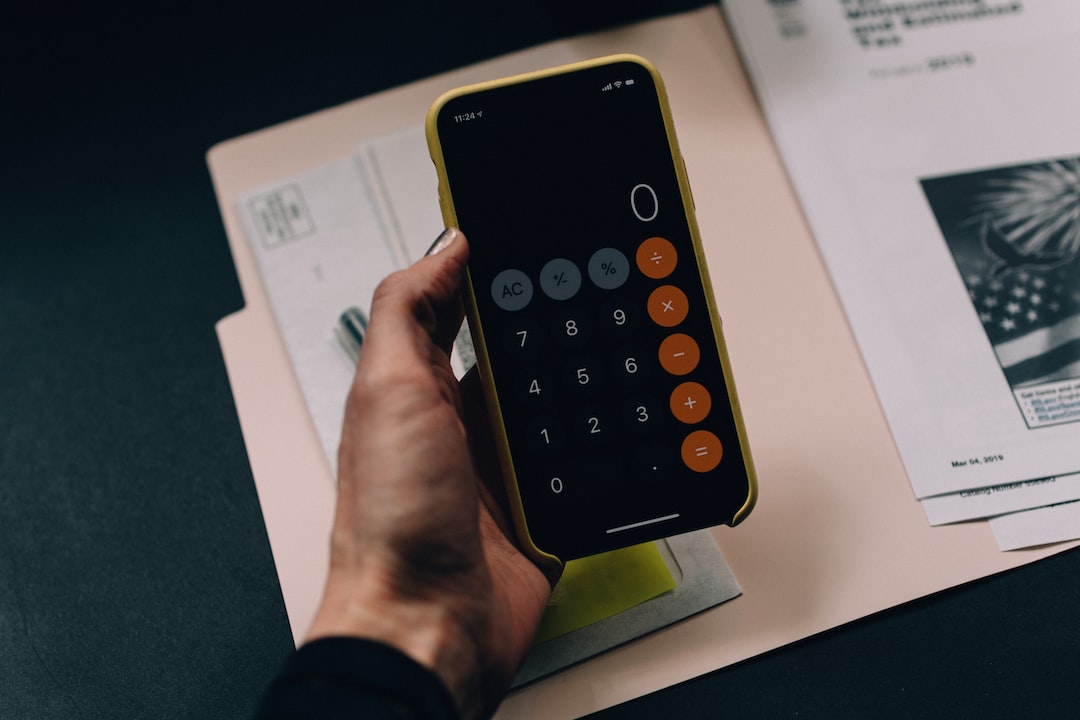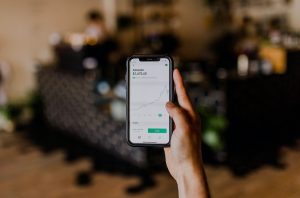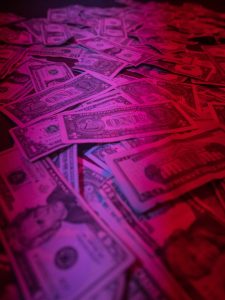Forex trading is a challenging yet lucrative business. The market is highly volatile, and investors need to be extra cautious while making trading decisions. To minimize the risk, traders often use backtesting to test trading strategies before applying them to live trading. Backtesting is a process of testing a trading strategy using historical data to determine its viability. It is an essential tool for traders to validate their trading strategies and make informed decisions. In this article, we will explore how to probe backtesting in forex for free.
Step 1: Choose a Trading Platform
The first step in backtesting is to choose a trading platform. You can either use a paid platform such as MetaTrader or a free one such as TradingView. MetaTrader is widely used by forex traders and offers a range of features, including backtesting. TradingView, on the other hand, is a web-based platform that offers a range of charting tools and allows you to backtest your strategies.
Step 2: Select Historical Data
Once you have chosen a trading platform, the next step is to select historical data. Historical data is essential to backtesting as it helps you to test your trading strategy in different market conditions. You can download historical data from your trading platform or use a third-party service such as Yahoo Finance or Quandl.
Step 3: Define Your Trading Strategy
The next step is to define your trading strategy. Your trading strategy should include the following:
– Entry and exit points
– Stop-loss and take-profit levels
– Risk management rules
– Trading timeframes
Once you have defined your trading strategy, you can start testing it using historical data.
Step 4: Backtest Your Strategy
To backtest your strategy, you need to apply it to historical data. Most trading platforms have a backtesting tool that allows you to test your strategy using historical data. TradingView, for example, allows you to backtest your strategy using its Pine Script language. You can also use Excel or other software to backtest your trading strategy.
Step 5: Analyze the Results
Once you have backtested your strategy, the next step is to analyze the results. You need to look at the following metrics to determine the viability of your trading strategy:
– Profit and loss
– Win/loss ratio
– Maximum drawdown
– Sharpe ratio
The profit and loss metric shows you how much money you would have made or lost if you had applied your trading strategy to the historical data. The win/loss ratio shows you the percentage of trades that were profitable. The maximum drawdown shows you the maximum loss you would have experienced during the testing period. The Sharpe ratio shows you the risk-adjusted return of your trading strategy.
Step 6: Refine Your Strategy
Based on the results of your backtesting, you may need to refine your trading strategy. You can do this by adjusting your entry and exit points, stop-loss and take-profit levels, risk management rules, and trading timeframes. Once you have refined your strategy, you can backtest it again to see if it performs better than the previous version.
Conclusion
Backtesting is an essential tool for forex traders to validate their trading strategies and make informed decisions. By following the steps outlined in this article, you can probe backtesting in forex for free. Remember to choose a trading platform, select historical data, define your trading strategy, backtest your strategy, analyze the results, and refine your strategy. With practice, you can develop a profitable trading strategy that works in different market conditions.





